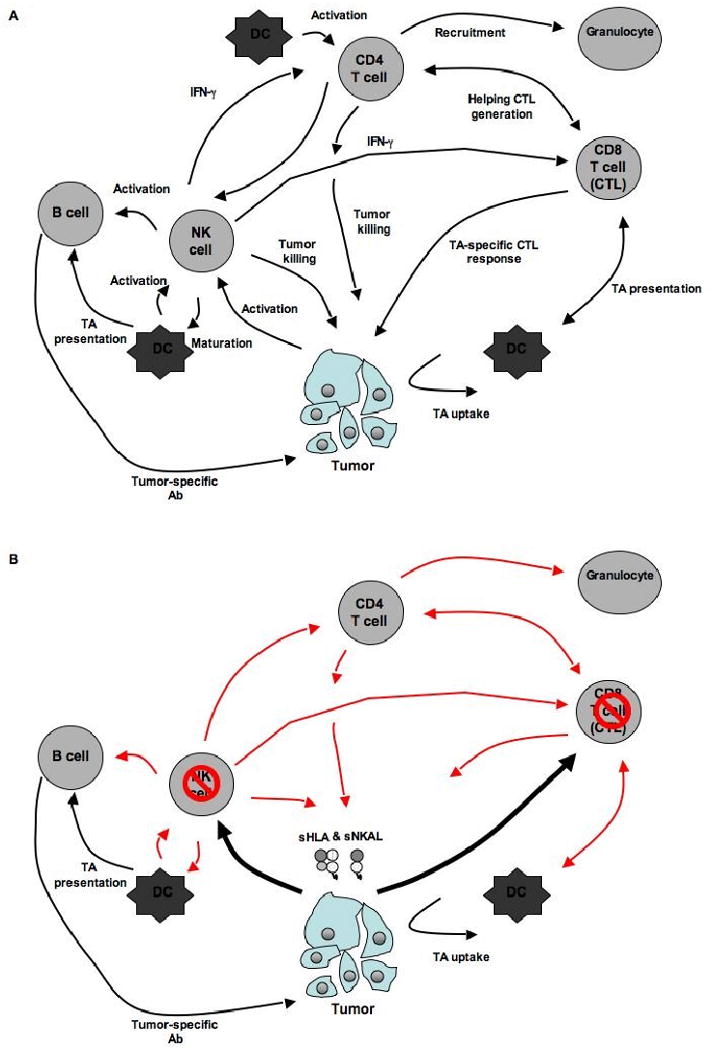Figure 4. Potential role of sHLA and sNKAL in the escape of tumor cells from the host's immune response.

The immune system can target tumor cell growth through several mechanisms. (A) It is thought that the most effective way of mounting a TA-specific immune response is through the combined action of CD8(+) and IFN-γ-secreting CD4(+) T helper cells (Th1). TA-specific CD8(+) T cells can be activated by antigen presenting cells (APC) and kill tumors cells directly. The survival and persistence of CD8(+) T cells is dependent upon CD4(+) T helper cells. Naïve CD4(+) Th1 cells recognize HLA class II antigen-peptide complexes, through their T cell receptor (TCR), on the surface of APC. This interaction leads to the generation of i) Th1 helper cells which promote survival and proliferation of CD8(+) T cells and ii) cytotoxic CD4(+) T cells, which can directly kill HLA class II antigen expressing tumor cells. In addition, both CD8(+) and CD4(+) T cells secrete IFN- γ, which can further sensitize tumor cells to CD8(+) T cell-mediated killing by upregulating HLA class I antigens and APM components, promoting the recruitment of natural killer (NK) cells, granulocytes and macrophages, as well as inhibiting angiogenesis within tumor stroma. Tumor growth can also be controlled by IL-5-secreting CD4(+) T helper cells (Th2). APC activate IL-5 Th2 cells, which induce the accumulation of eosinophils and/or provide help for the generation of an antibody-based TA-specific immune response. NK cells might also play a role by recognizing ‘stress’ or ‘danger’ signals that are produced by tumors. Once activated NK cells may contribute to the tumor immune response through (i) direct lysis of tumor cells, (ii) indirectly providing TA to APC for presentation to CTL, (iii) activating CD4+ T and B-cells as well as CTL through the secretion of cytokines such as IFN- γ. (B) The release of soluble classical and non-classical HLA antigens as well as NK cell activating ligands may lead to downregulation of the host's TA-specific immune response through (i) induction of apoptosis of both CTL as well as NK cells, (ii) indirect downregulation of CD4+ T helper as well as B cell reponses via suppression of IFN- γ secondary to NK cell apoptosis, and (iii) altering the level of membrane bound HLA antigen and NKAL ligand expression thereby hindering their recognition by T and NK cells, respectively.
